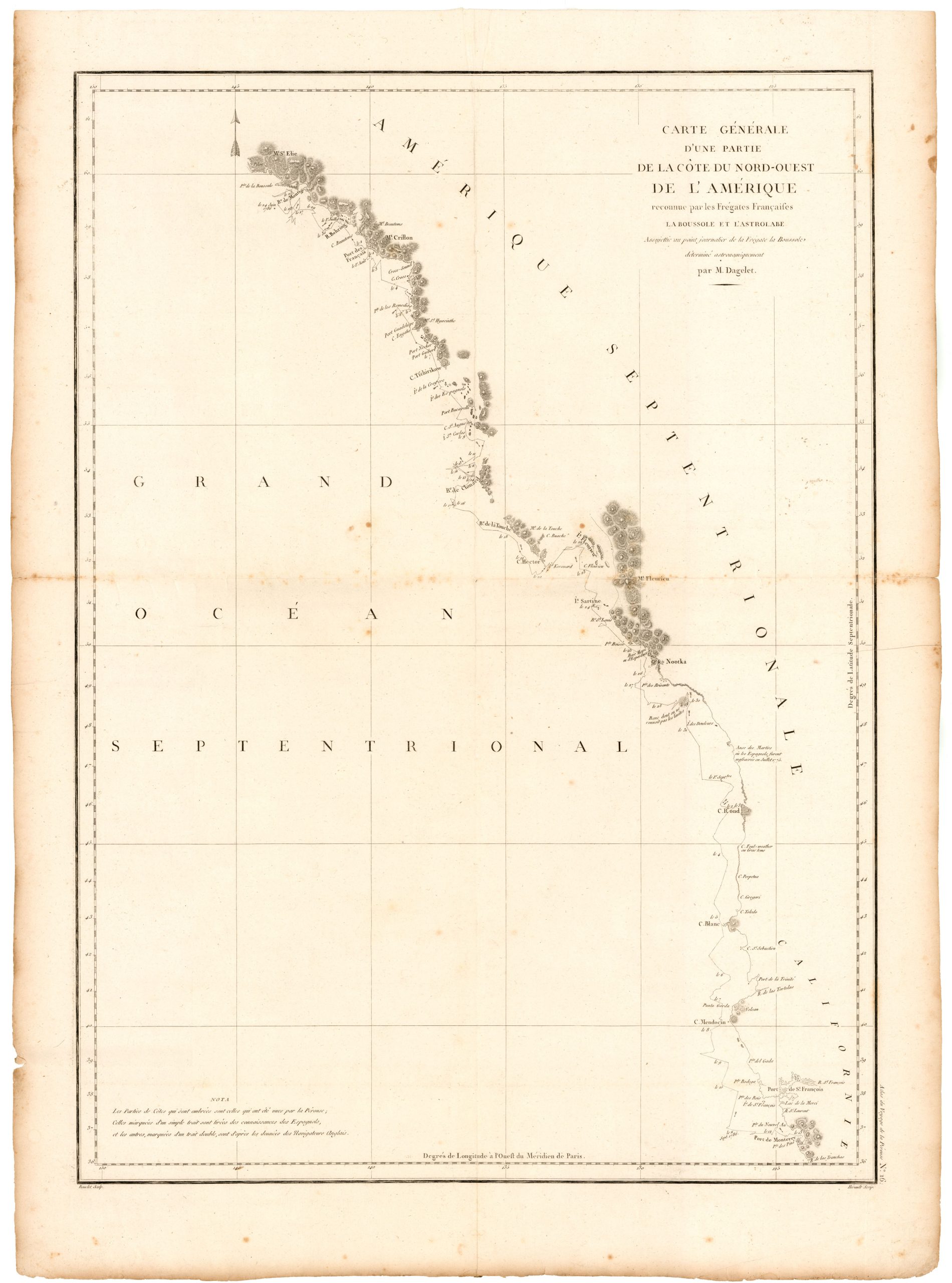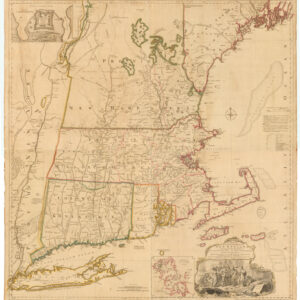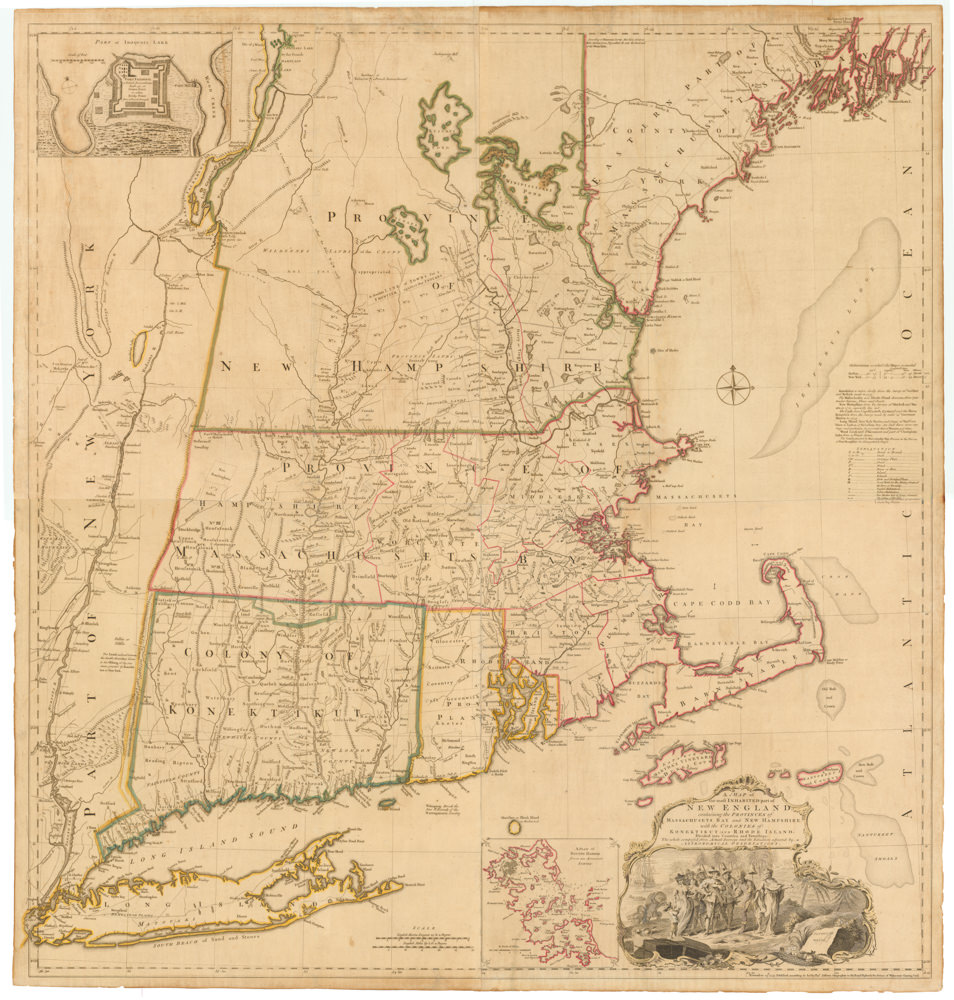The “Legendary lost chart of Captain Cook” – Rare first edition.
Chart of the N. W. Coast of America and the N. E. Coast of Asia, Explored in the Years 1778 and 1779. Prepared by Lieut’t Henry Roberts, under the immediate Inspection of Capt. Cook.
$8,500
1 in stock
Description
This map of Captain James Cook’s third and final voyage (1778–1780) was published in London in 1784 and accompanied by many sketches and drawings by his officers. A second edition was published in 1794. On this final voyage, Cook and his men became the first Europeans to visit the Hawaiian Islands, which they named ‘The Sandwich Islands.’ The expedition then sailed up the northwest coast of North America, up into the Bering straits and the Arctic Ocean, in search of the Northwest passage, before sailing south, returning to Hawaii in 1779. They stayed in Hawaii for a month. Then just as they were to leave, a skirmish took place between the Hawaiians and Cook’s men. During this skirmish, Cook was killed.
On that journey north, Cook made the first complete charts of the Northwest of America, including Spanish and Russian possessions, he also charted the north Alaskan coast, and northern Siberian coast in the Chukchi Sea—or perhaps more properly, these charts were made by Lt. Henry Roberts, the master’s mate, “under the immediate supervision of Capt. Cook.”
After Cook’s death, the expedition again sailed north under the command of Captain Charles Clerke to the Bering straits, and then south, along the coast of Siberia, charting the journey down the coast of the Kamchatka Peninsula.
Following the expedition’s return to England in 1780, the much-anticipated journals and charts of the journey fell prey to Cook’s political enemies (and perhaps to the political influence of the Hudson Bay Company), with the result that Roberts’s chart was not included in the official publications of the journey, but rather was published separately. Because of this history, it has become known as “The Legendary Lost Chart of Captain Cook.”
The chart that Roberts sold to publisher William Faden included Samuel Hearne’s c.1772 manuscript map of the Coppermine River in Canada, then in the possession of the Hudson’s Bay Company, and which had never before appeared in print. Hearne’s exploration of the Coppermine, whose waters eventually run all the way to the Arctic Ocean, proved that there was no Northwest Passage through Hudson’s Bay. It is possible that the Hudson’s Bay Company wished to suppress this information, thus contributing to the less detailed map that was included in the official publication. Hearne’s journal and maps weren’t published until full decade after our Roberts/Faden map.
Another possible reason that Roberts’ chart was dismissed from the official account could be a result of the involvement of Alexander Dalrymple in the selection process. Dalrymple may have harbored ill feelings towards Cook for having been chosen, instead of him, to lead the Second Pacific Voyage of 1772-75, an expedition that ultimately disproved the myth of Terra Australis Icognita (“the unknown southern land”) – the vast hypothetical landmass based on classical beliefs in symmetry that appeared on maps between the 15th and 18th centuries – an idea which of Dalrymple himself advocated. As such, Dalrymple may have wanted to downplay Cook’s achievements and discoveries.
For two hundred years, the true source of the Faden publication was unknown, until, in 1985, the British Library acquired a proof copy that served to prove its source.
Because it was not the official publication, this striking map is much rarer than the official map, while at the same time it contains more information (in addition to the Hearne journey, it contains many place names not included in the official map).
Cartographer(s):
Henry Roberts (1756–1796) was a notable officer in the Royal Navy, best remembered for his close association with the legendary British explorer, Captain James Cook.
Roberts embarked on Cook’s last two epic voyages of exploration, boarding the HMS ‘Resolution’ from 1776 to 1780. Throughout these journeys, Roberts played an instrumental role in mapping and charting previously uncharted territories.
Following the tragic death of Captain Cook in Hawaii in 1779, Roberts took on the significant task of preparing the official account of the expedition. His cartographic expertise culminated in the creation of numerous maps and charts, which not only were invaluable records of their explorations but also advanced European understanding of the Pacific domain.
Roberts climbed the naval ranks and eventually helmed his own command. His contributions extended to the early planning phases for the First Fleet’s expedition to Botany Bay, a foundational step towards the establishment of the inaugural European colony in Australia.
William FadenWilliam Faden (1749 – 1836) stands out as one of the eminent English cartographers and map publishers of the late 18th and early 19th centuries.
Early in his career, Faden was mentored by Thomas Jefferys, a leading map engraver and publisher in London, who held the distinguished title of “Geographer to the King.” Upon Jefferys’ death in 1771, Faden inherited his business, and by 1783, his exceptional skills earned him the appointment as the royal geographer to King George III.
His cartographic prowess was particularly evident in his detailed maps of the British Isles and depictions of battles during the American Revolution. In addition to his cartographic ventures, Faden was a shrewd publisher, running a renowned map store in London. This establishment quickly became a nexus for geographers and explorers.
Condition Description
Very good.
References
Wagner, Northwest Coast #700, Cohen & Taliaferro Catalogue #62, Campbell A Cook Mystery Solved, Sep. '85.





